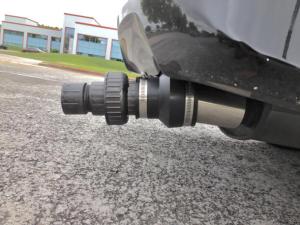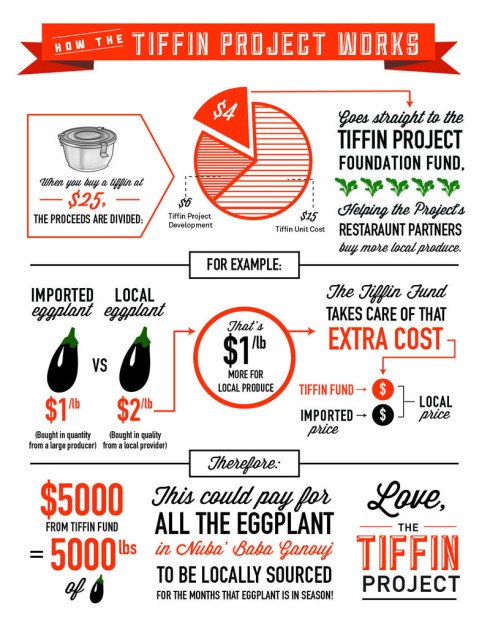There are 120 towns within 16 countries in the world that have met the criteria to be named “Slow Cities” or “Cittaslow.” This idea of slow cities emerged out of the Slow Food movement in 1999 that began as an attempt to preserve Italian culture. Towns and cities must meet specific criteria to fit under the Cittaslow certification…
pedestrian walkways, no big box or chain stores, a population of less than 50 thousand.
Recently Cowichan Bay in British Columbia became the first North American town to be recognized as fitting this Slow City cultural identity and Naramata, British Columbia is soon to become Canada’s second Cittaslow. As well,  Sonoma, California at the end of November will become the first Cittaslow in the United States. This idea of slowing down, and striving for a Slow City identity is spreading throughout North America.
Sonoma, California at the end of November will become the first Cittaslow in the United States. This idea of slowing down, and striving for a Slow City identity is spreading throughout North America.
Before Cowichan Bay in British Columbia was recognized, many thought it would be impossible for a North American town or city to be a Slow City. We are so accustomed to our cities and towns that are built upon foundations of business. Our cities are literally developed around this fast-paced lifestyle whether that be our streets, or the many fast food restaurants in our culture. Whether or not our Canadian cities have the ability to reach legitimate certification (also considering population must be under 50,000), we can still strive for slower paced lifestyles.
“My hope is that Cowichan Bay will emerge as a model. Not every location will choose to be a Slow City, but at least some of the philosophy could be adopted by more and more North American places. Cities, towns and neighbourhoods could benefit by understanding the positive effects of living more slowly.”

Since our North American cities were built around automobiles, we must approach this philosophy from a neighbourhood level in larger cities.
Hydra, one of the Greek Islands was built around a slow city mentality right from the start. It cannot even accommodate vehicles, so all forms of transportation aside from walking or donkey is prohibited. While prohibiting automobiles at all times would be much to challenging for our society, it is possible that our cities could adapt to vehicle prohibition in busy pedestrian areas on weekends.
So where do we start as individuals in communities built around fast-paced vehicle transportation? How do we become Slow City minded people?
Choose the slower mode of transportation for a change. Bike, or walk. Last summer I had the opportunity to spend some time in Amsterdam. I rented a bicycle to get around and was able to see so much more, and experienced a slower mindset as much of the city does choose bicycles as there means of transportation.
Take the train. In Canada while travelling from province to province we would normally drive a vehicle or take a plane. We often do not even think of the train as an option. I took the train from Saskatoon to Winnipeg this past March and although it took a bit longer than by car, I saw the prairies from an entirely new lens.
 Skip the fast food. Make the time to cook at home or choose a local restaurant to sit down at for a change. Cowichan Bay, British Columbia has no fast food restaurants and takes pride in their local restaurants that line its streets.
Skip the fast food. Make the time to cook at home or choose a local restaurant to sit down at for a change. Cowichan Bay, British Columbia has no fast food restaurants and takes pride in their local restaurants that line its streets.
What are you, your towns, or your cities doing to adopt a Slow City lifestyle? Let us know!
Tags: biking, Cittaslow, Cowichan Bay, Slow City, Slow Food, Transportation






















